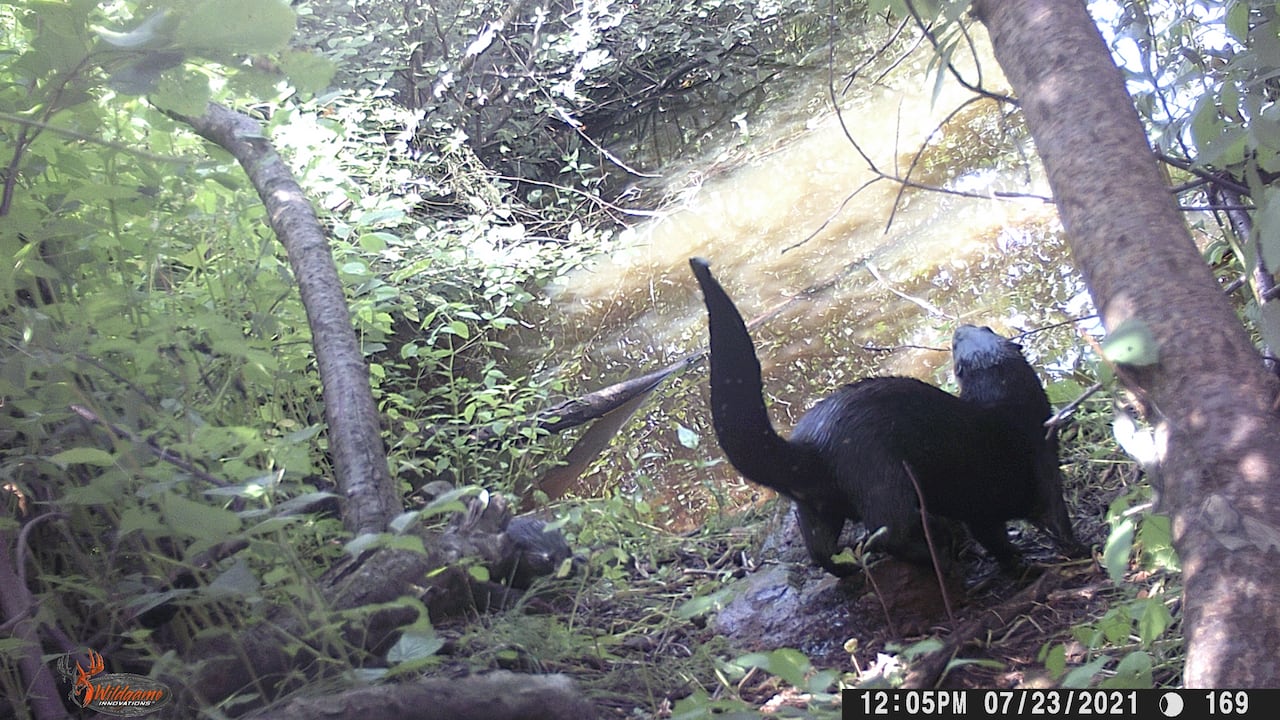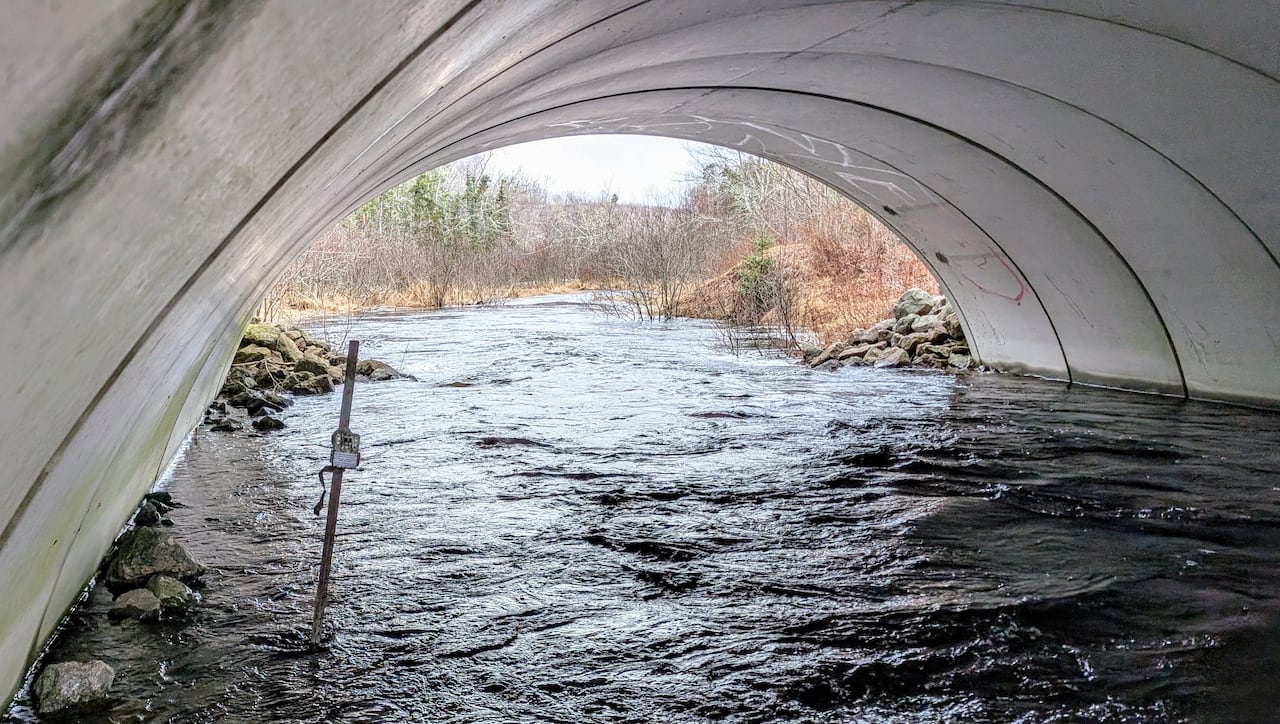In a quiet corner of Prince Edward Island’s interior, along the winding channels of the Morell River, a weather-resistant camera mounted above a culvert snapped a blurry yet unmistakable image. The subject: what appears to be a North American river otter (Lontra canadensis), an animal thought to have vanished from the island over a century ago.
The photo, recorded in March 2024 by the Morell River Management Cooperative, is one of several sightings that are beginning to shift the region’s ecological assumptions. “It was very exciting,” said Hannah Murnaghan, the watershed project coordinator, according to CBC News. “We wish it was a little closer to the camera, but we’re holding out hope that we’ll eventually capture one if they are in the watershed.”

These intermittent glimpses follow a 2016 incident when a male otter was caught in a beaver trap near Kensington, offering the first physical confirmation of the species in decades. Since then, a coordinated trail camera project has recorded multiple possible otter sightings—images that are forcing scientists and policymakers to reevaluate what was long assumed to be a closed chapter in island biodiversity.
Camera Traps Reveal Complex Wildlife Dynamics
Across the island, the Forests, Fish and Wildlife Division of P.E.I. operates 40 motion-activated trail cameras to monitor wildlife trends. Eight additional cameras have been deployed by community watershed groups focused on riparian species, including otters. These unobtrusive tools are gathering thousands of images monthly—capturing everything from red foxes stalking snowshoe hares to coyotes pausing to examine the cameras themselves.
“We get a lot of neat behavioral photos,” said Matt Ginn, a government wildlife biologist. “Also, we’ve got a few red fox with snowshoe hare, which is interesting. So we know that they’re able to find snowshoe hare for food”.

For species like the river otter—solitary, highly mobile, and nocturnal—this kind of passive surveillance may be the only reliable way to detect presence over time. “These species haven’t really been monitored, aside from fur-harvesting statistics,” Ginn noted. “It’s probably the best way so far that we’ve had to quantify their occupancy in certain areas and also look at changes in the colonization and extirpation rates.”
These systems not only confirm otter activity but also track larger ecosystem trends. According to The Daily Galaxy, long-term data from the camera network has shown a subtle decline in red fox populations since 2020, alongside a noticeable increase in coyote sightings, suggesting shifting predator-prey dynamics likely tied to climate variability and habitat change.

A Slow Return or Rediscovery?
The river otter’s documented decline in the region followed widespread overhunting and habitat loss in the early 1900s. For decades, their status on P.E.I. was presumed extirpated. Only scattered anecdotes remained—occasional tracks, possible sightings, but nothing substantial. The 2016 trapping incident, followed by multiple camera-based sightings since 2019, now challenges that narrative.

A 2021 trail camera image submitted by the Kensington North Watersheds Association captured a clear visual of an otter with its tail in the air. That moment, buried among thousands of false triggers, validated years of restoration and surveillance work.
“Having the cameras out just gives us a better understanding of what different species are using the riparian area,” Murnaghan told CBC, “so that we can strategically plan our projects around that and hopefully provide better habitat for them.”
Such insight is increasingly vital. Otters are considered an indicator species—their presence reflects clean, well-connected freshwater ecosystems. Their return suggests that decades of watershed rehabilitation—streambank stabilization, buffer planting, and culvert management—may be restoring environmental conditions to thresholds where otters can once again survive.
Surveillance Ethics and Data Limits
Despite the expanding scope of trail surveillance, researchers are cautious about overinterpreting early data. The number of confirmed otter sightings remains low, and the images collected are often grainy, indistinct, and difficult to authenticate without further evidence such as DNA or scat samples.
“There’s always excitement when you go through the footage,” said Lily Corlett, an environmental field technician working on the project. “But it usually is just the usual suspects of wildlife that we get.”

Importantly, both government and local teams take care to protect privacy. Cameras are marked with public signage, and any images that include humans or vehicles are deleted, officials told CBC.
Still, the trail camera network remains one of the most effective ecological surveillance tools currently available to small jurisdictions like P.E.I., where field personnel and budgets are limited. With sufficient coverage and analysis, it offers a scalable model for adaptive conservation management in other fragmented habitats.

